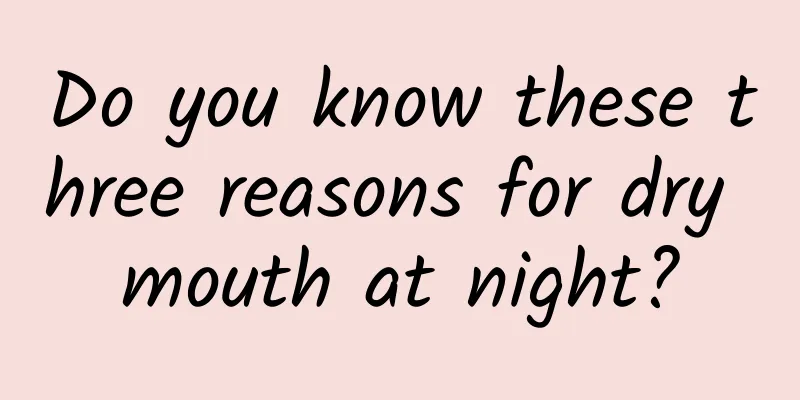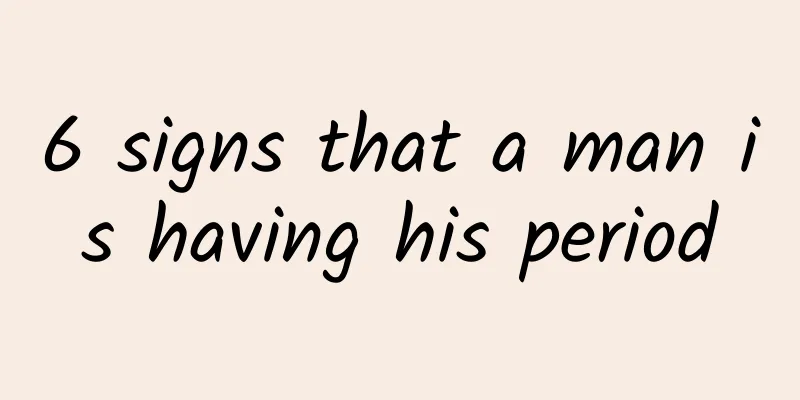What causes large testicles?

|
If a man has large testicles, one may be large and the other small, or both testicles may be enlarged. This may be due to testicular deformity, which may be caused by congenital heredity or acquired pathology. The specific cause should be checked by yourself at the hospital. The first is to check the semen and sperm to determine whether it affects fertility, and the second is to check whether the testicles have pathological changes by ultrasound, CT, etc. Enlarged testicles should not be underestimated. Normal adult male testicles are oval in shape, 3.5-4.5 cm long, 2-3 cm wide, and 1-2 cm thick. Each testicle weighs 10-15 grams. The left testicle is generally about 1 cm lower than the right testicle. Some people have one testicle that is larger than the other, one that is smaller, and one that is higher than the other. If the difference is not too big, it is normal. Common diseases that cause abnormal testicular development include: insufficient hormone secretion, testicular disease, tumors, etc. Considering that the testicle is an important part of spermatogenesis and the size difference is obvious, it may directly affect male fertility. A normal scrotum is symmetrical on both sides. When touched, the scrotum is soft and of the same thickness. The testicles on both sides are the same size, with clear boundaries and the same hardness. The epididymis on both sides are similar. The contents of the scrotal examination include: checking whether the scrotum on both sides is symmetrical; whether there are any changes in the scrotal skin; and whether the testicles on both sides are similar in size and whether there is any tenderness. Enlarged testicles may be caused by hydrocele of the testicles and hydrocele of the spermatic cord. Hydrocele of the testicles is the most common. Hydrocele of the testicles alone often disappears naturally and does not require special treatment. If the hydrocele does not disappear after the age of 3, surgical treatment should be sought. Congenital inguinal oblique hernia, scrotal enlargement caused by other benign testicular diseases, such as testicular torsion, epididymitis, epididymal tuberculosis, etc. can all lead to enlarged testicles. Testicular tumors can also cause enlarged testicles. Enlarged testicles may also indicate chronic prostatitis, which not only causes enlarged testicles but also testicular pain, especially at night. The patient's testicles will feel like they are falling. If it is varicocele, the testicles and scrotum may swell, and the swelling will be more obvious after fatigue or long-term standing, and the swelling will disappear after lying down. |
<<: What causes hard testicles?
>>: What causes itchy testicles?
Recommend
What to do if sperm survival rate is low? Four major effects to keep in mind
As we all know, sperm is very important to men. S...
What is the reason for the red spots on the foreskin of the glans penis?
Many people may not know much about some special ...
Second growth spurt for boys
Early puberty: From the beginning of the appearan...
Understand the difference between Kidney Yang Deficiency and Kidney Yin Deficiency in seconds
If someone has backache, poor spirits, cold hands...
Is it good for men to shave their pubic hair?
Men will grow pubic hair when they reach adulthoo...
Why do you get prostatitis?
I believe that men are familiar with prostatitis,...
Male sexual impulses
Male sexual impulse is a normal physiological rea...
What should I eat to treat premature ejaculation?
Premature ejaculation may be unimportant in the e...
What causes itchy hair below the male genitals?
Pubic hair is the main component of the male repr...
What harm does prostatitis cause?
The harm of prostatitis is relatively large. If i...
Why is the glans peeling and red?
In real life, most men attach great importance to...
What medicine should I use if my glans penis is too sensitive?
Some men have overly sensitive glans penis, which...
How can men improve their sexual function?
With the emergence of more and more aphrodisiac p...
Do men need circumcision?
We often hear boys talking about circumcision. In...
How can young men whiten their skin?
Skin whitening is no longer exclusive to girls. W...









